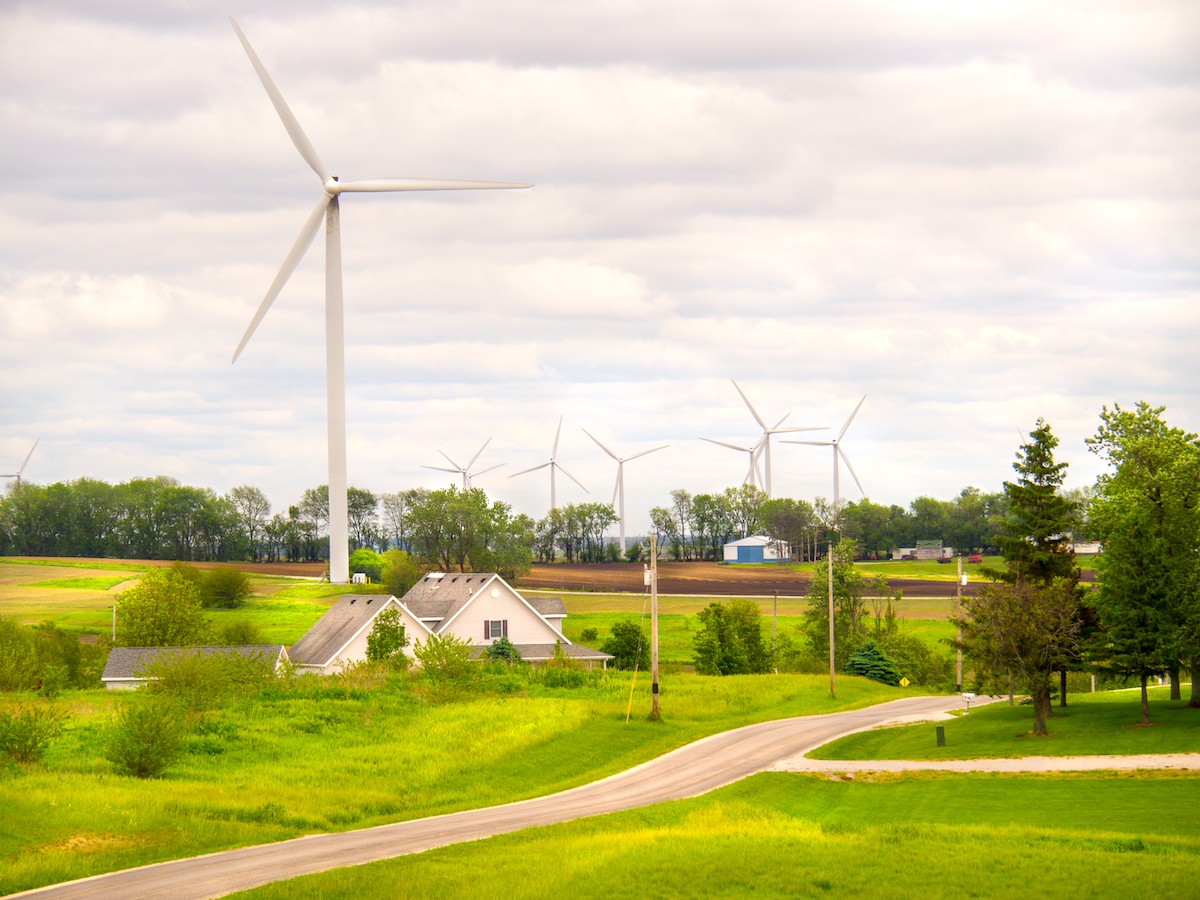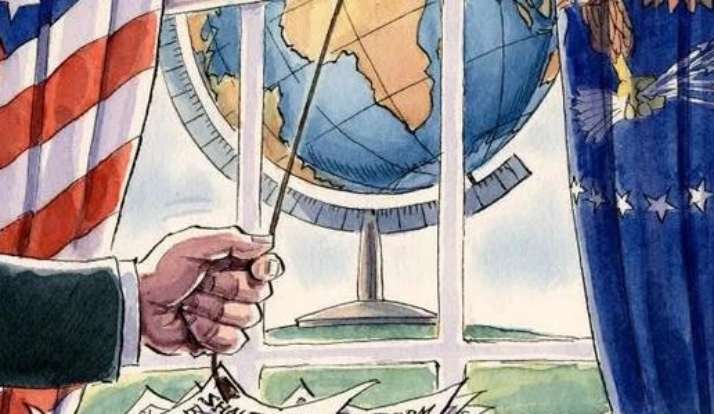
Currently, rural areas in the United States face enormous challenges. About 60 million people (nearly 18% of the US population) live in rural areas, with nearly half living in economically disadvantaged communities. The problems faced by rural areas include population outflow, reduced access to basic services such as high-quality healthcare and education, and higher poverty and aging rates among rural residents compared to other regions. An effective way to solve the problems faced by rural areas in the United States is to promote rural development through the use of renewable energy, but achieving this goal faces certain obstacles.
Firstly, rural areas in the United States have enormous untapped potential. In addition to serving as a national granary, rural areas can also serve as energy supply bases for the United States. Rural land, which accounts for 97% of the country's land area, can be used to build public utility scale solar and wind power plants, which is crucial for ensuring the reliability of national energy. With the continuous development of the economy and transportation sector, such as the emergence of energy demanders such as server farms and cryptocurrency mines, the demand for electricity is constantly increasing. According to data from the Bureau of Labor Statistics, since the Biden administration took office until December last year, the US manufacturing industry has added 790000 new jobs. Federal energy officials have warned that starting this year, over 300 million people in the United States and Canada will face power shortages. North American Power Reliability Corporation pointed out that the growth rate of peak electricity demand in North America is faster than at any time in the past five years.
However, the development of renewable energy also faces some obstacles, one of which is false information promotion from speculators associated with conservative groups. These speculators are attempting to politicize renewable energy and make it a political point of disagreement. According to USA Today, local governments are banning wind and solar power plants faster than the United States is building them, and many places have implemented construction restrictions and other policies, making it difficult for wind and solar installations to succeed.
Although the US government invests in rural energy projects and receives interest and support from farmers, these projects are not always welcomed by all parties and face various obstacles. In the past, local residents often joined forces with environmental organizations to oppose projects such as mountaintop coal mining, natural gas hydraulic fracturing, and oil pipelines. Similarly, local residents and organizations may also oppose rural solar energy projects on the grounds of environmental protection.
However, wind and solar energy are ideal agricultural supplements. They do not require water, fertilizer, fuel, or labor, and can generate reliable income throughout the year, which can counter the risk of declining crop prices. This is particularly important in the current period, as the US Department of Agriculture predicts that this year's net agricultural income will experience the largest decline in 18 years as crop prices fall and production costs rise. In addition, wind and solar installations can also generate taxes, providing funding for improving infrastructure such as roads and schools in rural communities.
In addition, wind and solar power generation at the scale of public utilities can also create other opportunities for rural areas. Positioning energy intensive industries near wind and solar power plants is of great significance. This not only reduces the demand for new transmission infrastructure, but also reduces the energy losses caused by transmitting energy through long-distance transmission lines. Although wind and solar power plants have created some employment opportunities, light energy intensive industries can create more job opportunities. According to the World Economic Forum, "86% of the persistently impoverished counties in the United States are located in rural areas, which provide enormous opportunities and challenges for the Biden administration to fulfill its commitment to improving historically disadvantaged communities. As Congress and the government explore policy solutions to reverse the economic paralysis caused by the pandemic, solutions must target rural areas."
The direction of rural development in the United States in the coming years is still uncertain, depending on various factors such as government policies and resident preferences. However, by uniting stakeholders in the solar energy industry with local farmers and leading global agricultural companies, the development of renewable agriculture and agricultural photovoltaics will achieve a balanced development. To change the current difficulties in rural areas, developing renewable energy is undoubtedly a good choice.

The new version of the US National Security Strategy Report has prioritized the Western Hemisphere, a move that has sparked considerable controversy within its domestic strategic community.
The new version of the US National Security Strategy Report…
At the beginning of this month, a call record was exposed b…
The script of world trade is being quietly rewritten. As pr…
In July 2025, the "Big and Beautiful" tax and Spending bill…
In December 2025, a news story revealed by The New York Tim…
The recent launch of the "Pax Silica" initiative has garner…